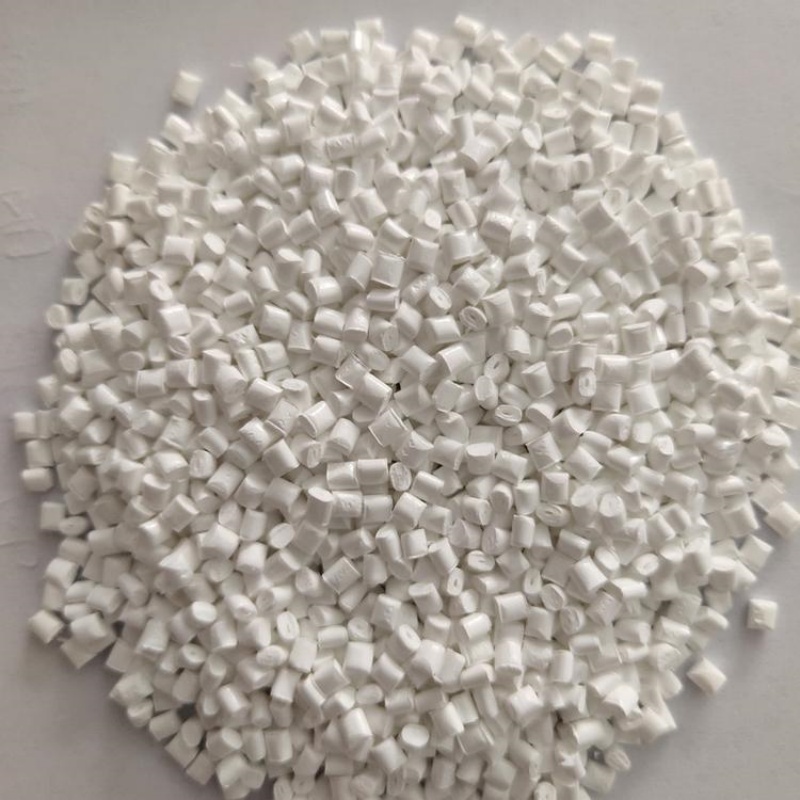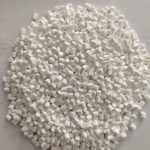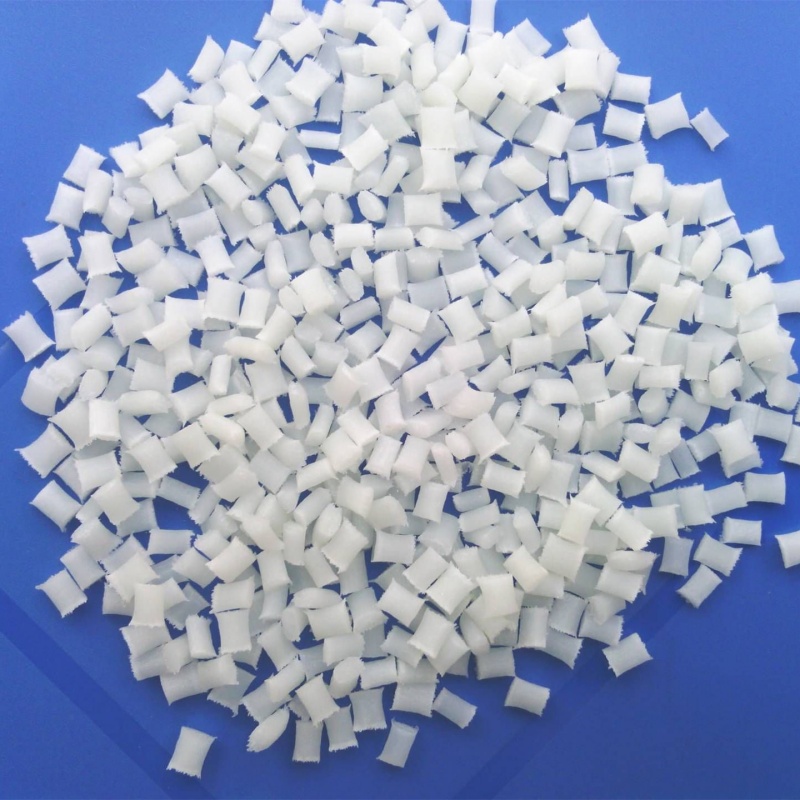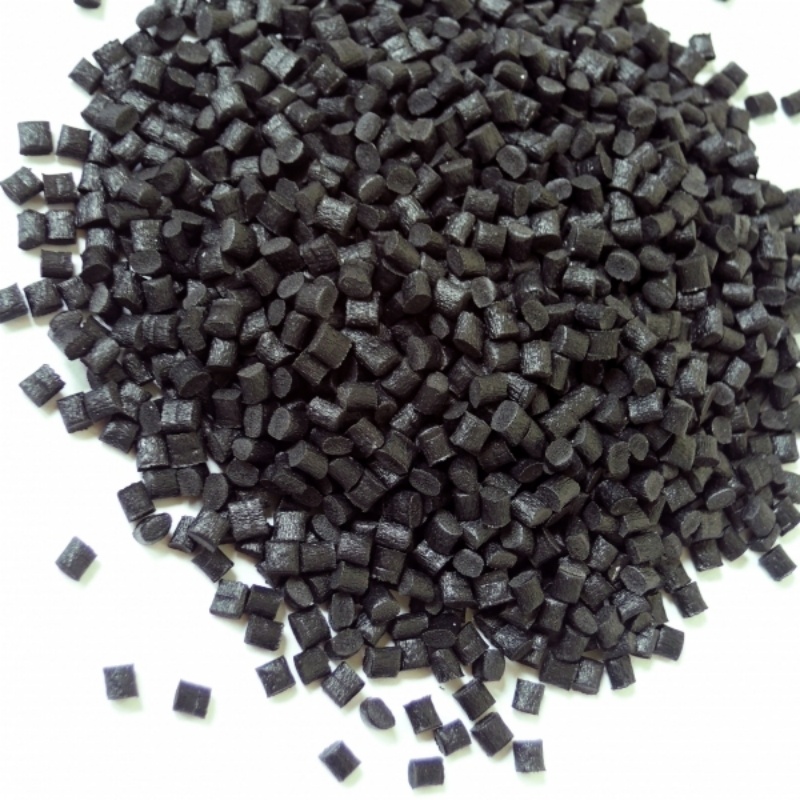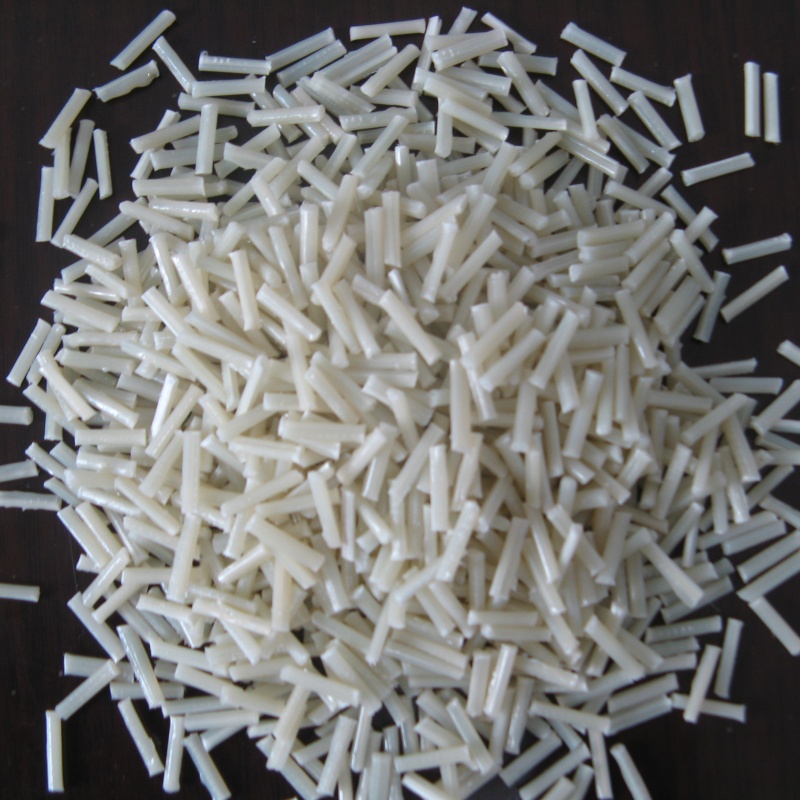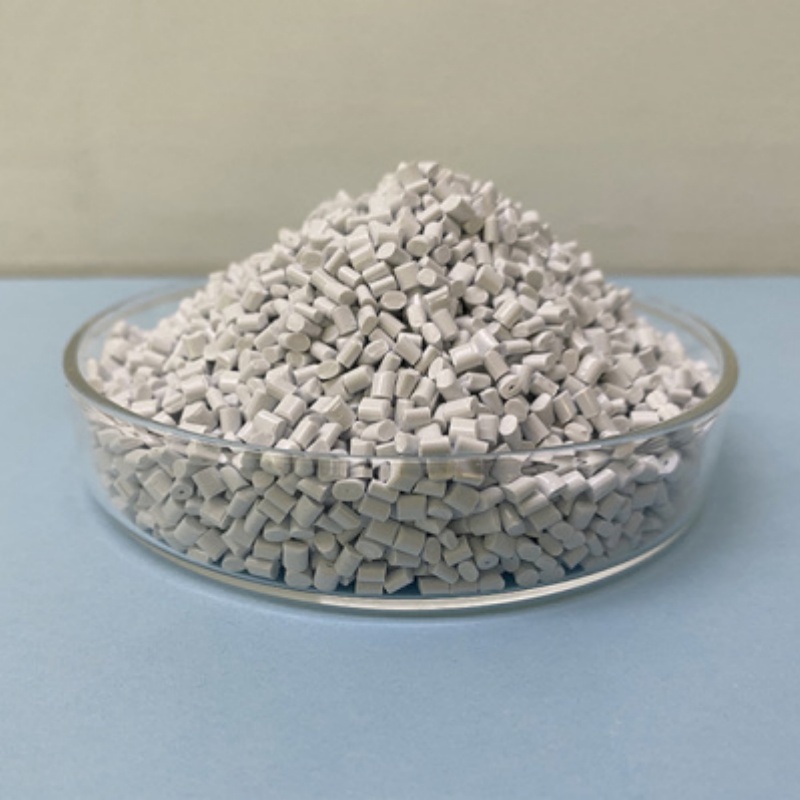PA66+60GF (60% Glass Fiber Reinforced Polyamide 66) offers maximum mechanical strength, superior stiffness, and excellent thermal stability. Designed for automotive, industrial, and structural applications, it ensures exceptional durability, lightweight efficiency, and long-term reliability.
Product Overview
PA66+60GF is a highly reinforced polyamide 66 composite material with 60% glass fiber content, offering exceptional strength and rigidity. This material is particularly well-suited for applications that require high load-bearing capacity, high strength, and resistance to impact. It is widely used in the automotive and mechanical component sectors, demonstrating superior performance under demanding conditions.
Key Features
- Extremely High Strength: With up to 60% glass fiber reinforcement, this material exhibits excellent tensile and compressive strength, capable of withstanding very high loads.
- Outstanding Rigidity: Provides exceptional rigidity, ensuring that the material maintains its shape and structural stability even under high-pressure conditions.
- Wear Resistance: Features excellent wear resistance, ensuring long-lasting durability even in friction-prone environments.
- High Temperature Resistance: Exhibits excellent thermal stability, making it suitable for high-temperature environments without degradation of performance.
- Good Processability: Despite the high glass fiber content, the material maintains good flowability, allowing for precise molding and processing.
Applications
- Automotive Components: Suitable for high-load automotive parts such as engine components and chassis assemblies, offering long-term reliability.
- Mechanical Parts: Used in the manufacturing of high-strength and high-rigidity components such as transmission devices and supports in the machinery industry.
- High-Strength Components: Ideal for industrial applications requiring extreme strength, especially in heavy-duty mechanical systems.
| Test Properties | Unit | Test Method | Test Condition | Typical Value |
| Physical Properties | ||||
| Density | g/cm³ | ISO 1183 | 1.7 | |
| Filler Content | % | ISO 1172 | GF60 | |
| Mold Shrinkage | % | ISO 294 | Parallel: 0.1%, Vertical: 0.3% | |
| Mechanical Properties | ||||
| Tensile Strength | MPa | ISO 527 | Type I sample, 50mm/min | 235 |
| Elongation at Break | % | ISO 527 | Type I sample, 50mm/min, Gauge length 50mm | 2.5 |
| Flexural Strength | MPa | ISO 178 | 23℃, 10mm/min | 390 |
| Flexural Modulus | MPa | ISO 178 | 23℃, 10mm/min | 19500 |
| Izod Impact Strength (Notched) | KJ/m² | ISO 180 | 23℃ | 15 |
| Charpy Impact Strength (Unnotched) | KJ/m² | ISO 179 | 23℃ | 90 |
| Thermal Properties | ||||
| Melting Point | ℃ | ISO 11357-1 | 260 | |
| Heat Deflection Temperature (HDT) | ℃ | ISO 75 | 0.45MPa: 255℃, 1.8MPa: 255℃ | |
| Flammability | ||||
| UL Flammability Class | UL-94 | HB | ||
| Glow Wire Ignition Temperature (GWIT) | ℃ | IEC 60695-2-13 | - | |
| Electrical Properties | ||||
| Surface Resistivity | Ω | IEC60093 | 100000000000000 | |
| Volume Resistivity | Ω·cm | IEC60093 | 1000000000000000 |
 new material
new material

